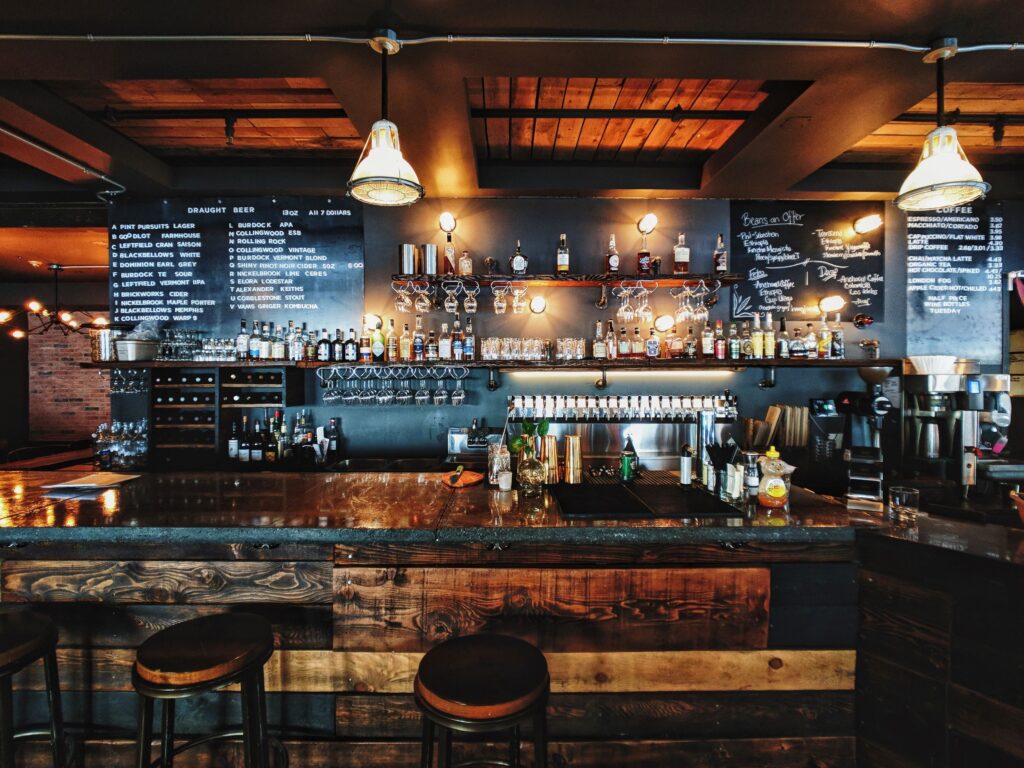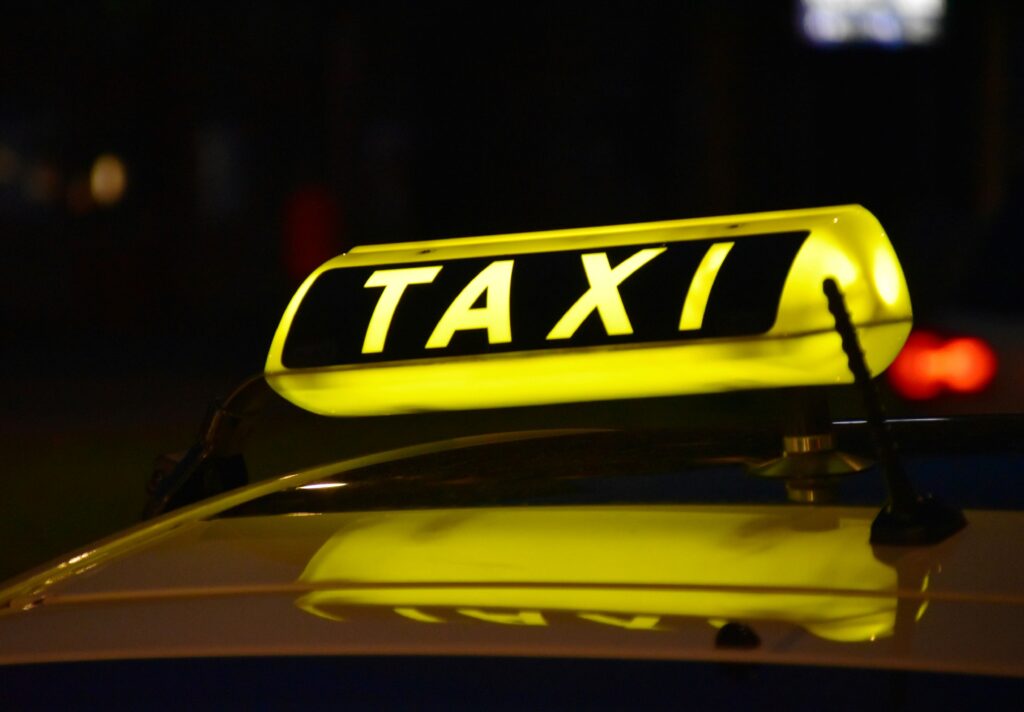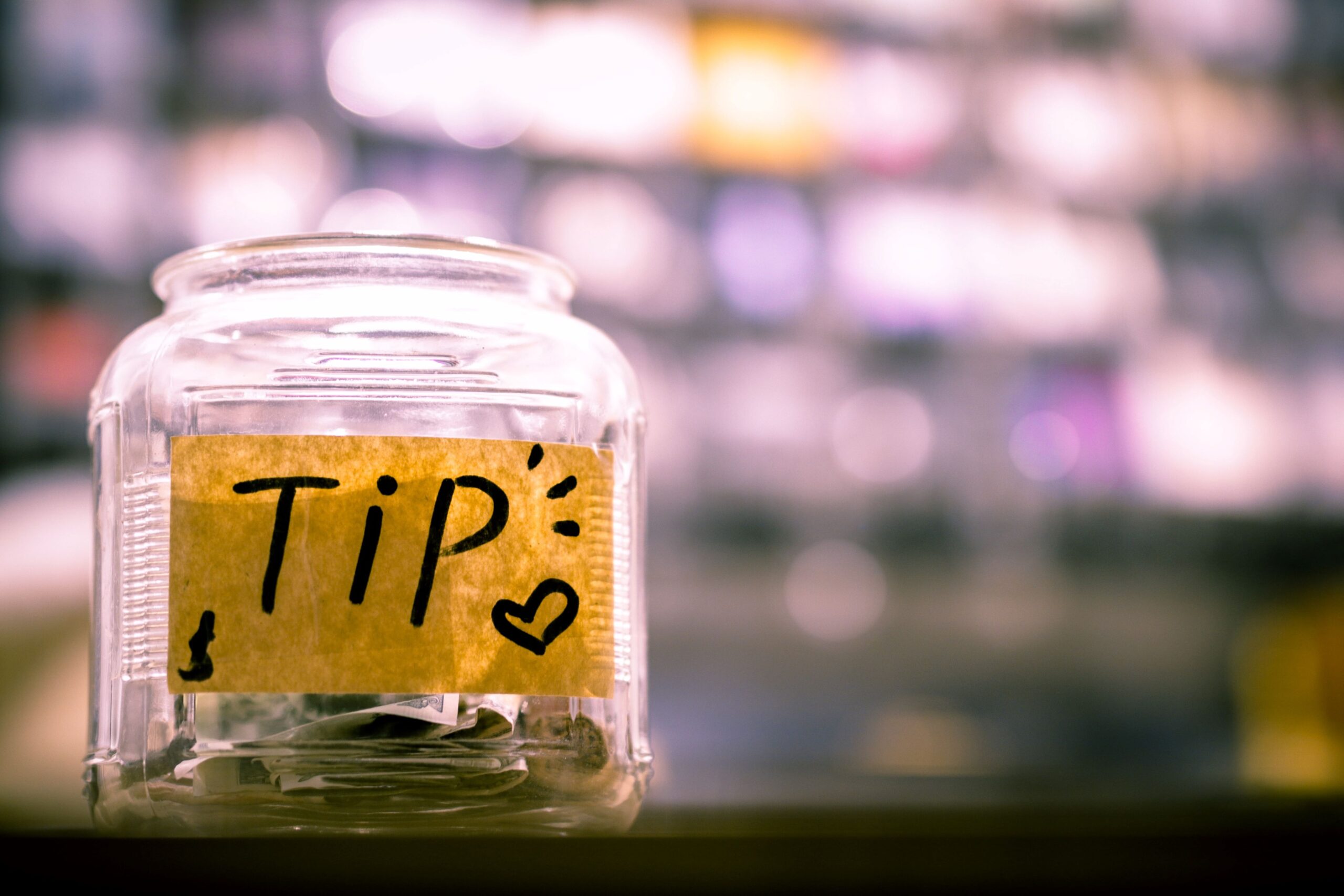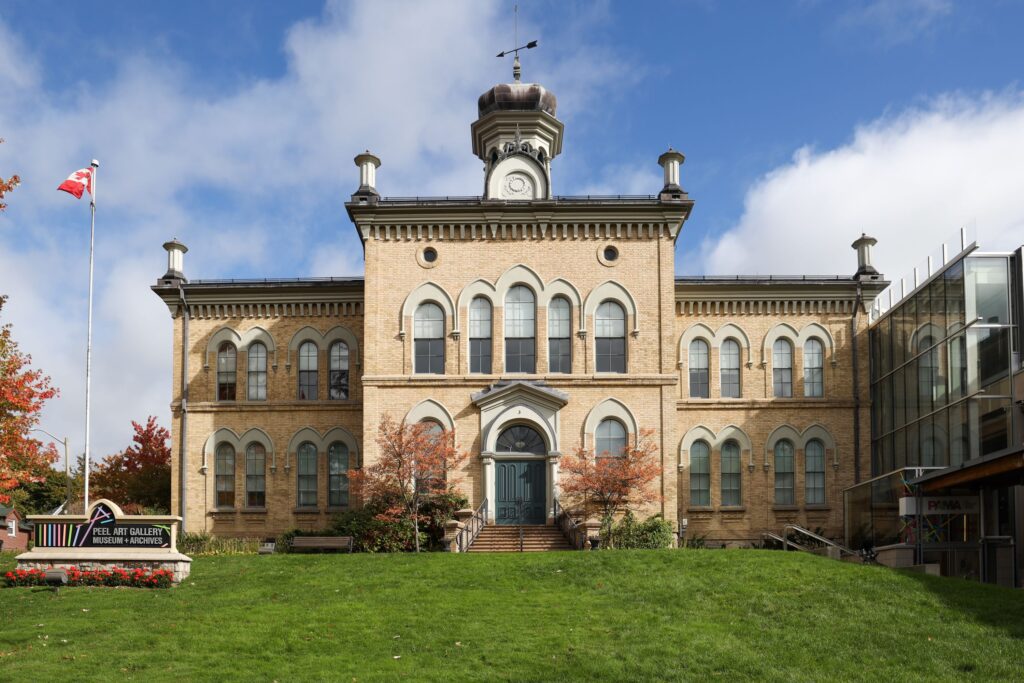Tipping culture varies widely around the world, and Canada is no exception. For those coming to live or to visit, understanding Canadian tipping practices can enhance your dining and service experiences while also helping you navigate Canadian social rules.
Understanding the Basics
Are you supposed to tip in Canada? While not required by law, tipping is customary and expected in many service industries, including restaurants, bars, and cafés. The service industry workers often rely on tips to supplement their income, as wages are sometimes lower because there is an expectation of tips. On to your next question: how much do I tip at each place?
Tipping in Restaurants
One of the primary areas where tipping happens is the restaurant industry. The standard tipping rate is generally around 15-20% of the bill before tax is applied. This is a good baseline for satisfactory service. However, if the service is exceptional, you can always tip more.
When calculating the tip, it’s important to base it on the total before tax. Many establishments have the option to add a tip when paying by credit card, but if you prefer to leave cash, you can do so directly on the table before leaving.

Tipping in Bars and Cafés
When it comes to bars and cafés, tipping is also appreciated, but the percentages might be slightly lower. For example, leaving 15-18% of the bill as a tip is common when you receive table service at a bar. Leaving a small amount in the tip jar is also a nice gesture in cafés where you order at the counter and take your food or drink to a table.
Tipping for Other Services
Tipping extends beyond the realm of dining. Here are a few other situations where tipping is customary:
- Taxi Drivers
- Hotel Staff
- Tour Guides and Drivers
- Beauty Services, like hair and nails
Taxi Drivers
Taxi drivers in Canada typically expect tips for their service, reflecting their role in providing safe and convenient transportation. For standard taxi services, drivers generally expect a tip of 15% of the total fare, with exceptional service potentially warranting up to 20%. Short trips might involve a minimum tip of $1-$2, while longer journeys or airport transfers might lean toward the higher end of the tipping range. Factors influencing the tip include the driver’s professionalism, assistance with luggage, navigation efficiency, and overall customer service.

Hotel Staff
Hotel staff work diligently to ensure guests have a comfortable stay, and tipping is an important way to show appreciation for their efforts. However, unlike other businesses, the amounts vary by task rather than percentage. Housekeeping typically receives $2-$5 per night. Room service tips follow the standard 15-20% of the total bill. Concierge services might warrant $5-$10 for exceptional assistance, and valet parking attendants usually receive $2-$5 when retrieving a vehicle. It’s recommended to leave tips daily, as housekeeping staff may change, and to place tips in a visible location or envelope.
Tour Guides
Tour guides and drivers in Canada also appreciate tips that reflect the quality of their service. For group tours, tourists often tip $2-$5 per person on half-day tours and $5-$10 for full-day experiences. Private tours expect a tip of 15-20% of the total tour price. The tip amount often depends on the guide’s expertise, friendliness, and the overall tour experience.
With Canoo, you can access discounts on tours across Canada. As we connect you to exceptional tours, consider supporting the local guides with tips. You’ll be saving on the tour, anyway! Download Canoo today and start planning your next adventure.
Beauty Services
Beauty and personal care services in Canada follow similar tipping practices to other services. Hairstylists, nail technicians, massage therapists, and estheticians generally receive tips of 15-20%. When receiving complex services or experiencing exceptional work, customers often lean towards the higher end of this range. Another note: for discounted services, it’s courteous to tip based on the original price of the service.

Why do you need to know about tipping?
In Canada, tipping is a way to reward good service and show appreciation. While it’s customary to tip, it’s important to remember that the amount you leave should reflect the quality of service you received. If the service is subpar, you’re not obligated to tip excessively, but providing a modest tip is still a polite gesture.
Tipping culture in Canada is an important aspect of the service industry, and understanding the customs can greatly enhance your day-to-day experience. By sticking to the customary tipping percentages and practices, you can leave a positive impression on those who provide you with various services. As always, while these guidelines provide a general framework, it’s important to remember that the most important factor is the quality of service you receive.





